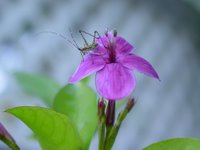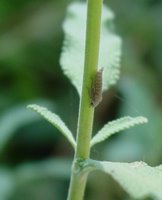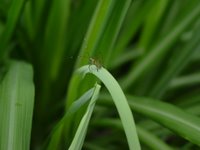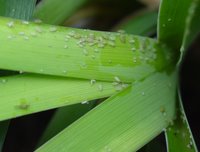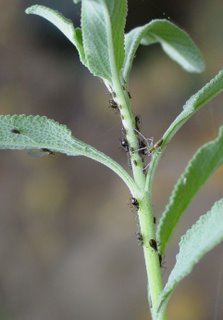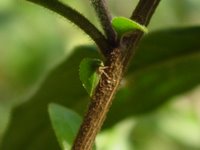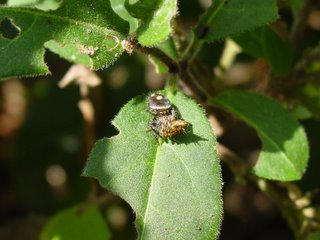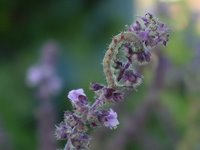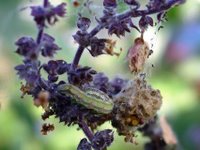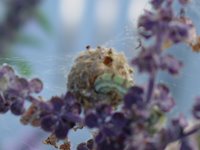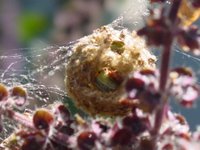It's the busiest travel day of the year and I have this to be thankful for: I'm going nowhere. I'll be staying home, aside from a hunting foray for that gravy coloring or maybe wandering over to the farmers' market to get a pesticide free pumpkin from the pumpkin and melon man. I'm thankful I have a home to stay at, given the expensive real estate market we have here. I'm thankful the home I have is a funky old thing not ashamed to be surrounded by bug and gnome infested gardens.
This time of year es
 pecially I'm thankful for salvias. There's nine species in bloom right now at home, including the extra spectacular salvia madrensis. It's towering eight feet overhead dripping sun-yellow blossoms. I do like yellow flowers on a late-November day.
pecially I'm thankful for salvias. There's nine species in bloom right now at home, including the extra spectacular salvia madrensis. It's towering eight feet overhead dripping sun-yellow blossoms. I do like yellow flowers on a late-November day. I'm also glad the myrtus communis has fruits on it this time of year. They lend a harvest-y touch to the garden. Feed the birds. And the berries contrast nicely with bright green bugs that happen to be standing on them when I walk by with the camera.

When I was a kid my parents gave me the example of a love for gardening, and I thank them for setting me on a path to happiness. Now my mom gives me weird and wonderful things to put in the garden, like this g
 iant spinning lighted yellow flower that this particular spider likes to hang out in.
iant spinning lighted yellow flower that this particular spider likes to hang out in.But mostly I'm grateful for the bugs. They are an exuberant expression of life's will to live; an unrepressed cornucopia of genetic variation on display daily just outside my door. How poor would this planet be without, for example, the buzz of late November honeybees mellowing out the freeway's drone on the busiest tr
 avel day of the year?
avel day of the year?


